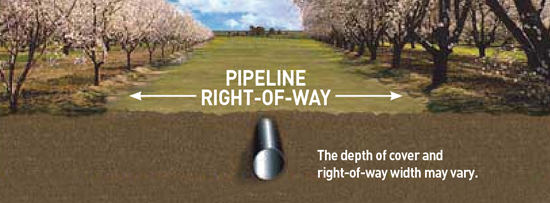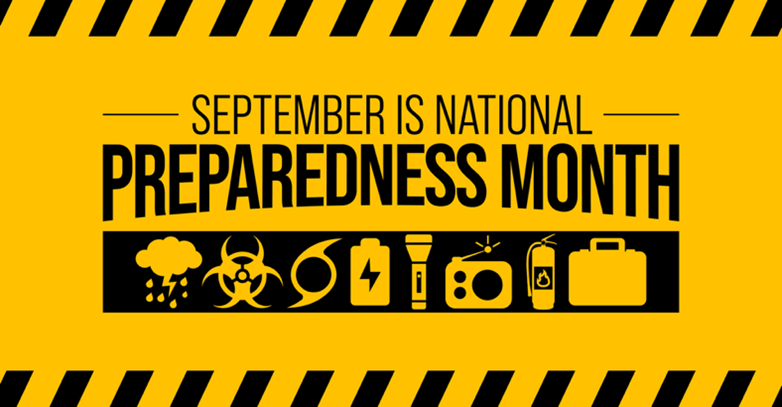CUSTOMER RIGHTS AND RESPONSIBILITIES: RIGHT-OF-WAY

Pipeline Right Of Way
A pipeline “right-of-way” is a strip of land over and around natural gas pipelines. A right-of-way agreement between the gas company and the property owner is called an easement. Easements provide companies with permanent, limited interest to the land so they can access, operate, test, inspect, maintain, and protect their pipelines.
Although agreements may vary, a right-of-way can extend up to 50 feet from center of the pipeline each way. If there is an easement on your property, you should be aware of our guidelines for encroachment and construction near natural gas pipeline equipment. Pipeline right-of-ways must be kept free of trees, brush, buildings, structures, and other obstructions so they can safely operate their pipeline, respond to emergencies, eliminate third party damage, provide right-of-way surveillance, and perform routine maintenance and Federal and/or State inspections. You can review the specific guidelines for different structures below.
ABOVE-GROUND STRUCTURES
- Above-ground structures, such as buildings, storage sheds, and brick, concrete, or block fences and walls are NOT permitted within the right-of-way
FENCES
Vinyl, wood, and/or chain link fences are permitted within the right-of-way if:
- Prior written consent from the gas company
- They follow the property line
- They cross the right-of-way at an angle not less than 90 degrees to the pipeline
- An adequately sized gate is installed in each fence crossing for periodic patrol and maintenance access
- No fence post is installed closer than 5 feet to the pipeline *Please refer to your easement documentation or contact your pipeline utility
Storing and Building
- Do NOT build, store, or place anything on or near the right-of-way without first calling 811
EXCAVATING
Do NOT dig without first calling 811
OTHER UTILITIES
Other utilities may be installed within the right-of-way, with the property owner’s consent, in accordance with applicable state and federal laws and regulations. Prior written consent must be obtained from the gas company to construct or install a proposed utility parallel within or crossing perpendicular to the easement. The other utilities must not interfere with the pipeline. *Please also refer to your easement documentation as each gas company differs.







